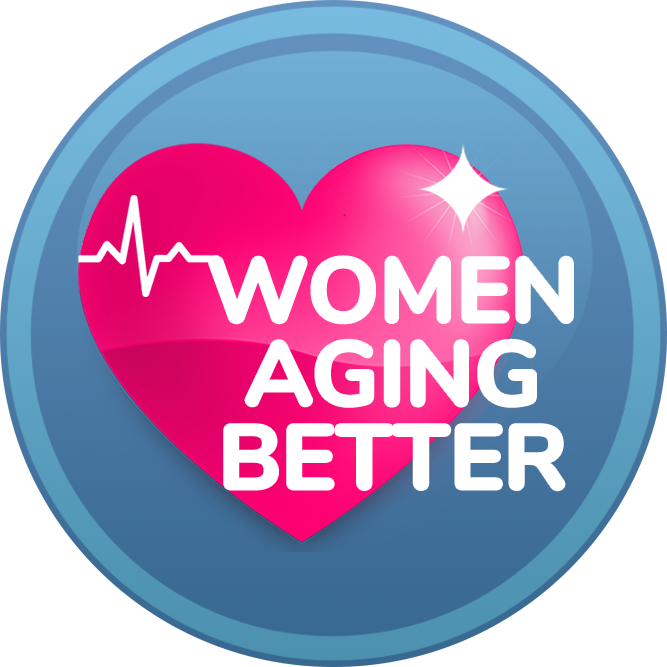Avoid “Shrinking” as You Age
I play pickleball with a woman in her late 70’s who told me that she has lost 2 1/2” in height over the years. She has good posture, walks regularly and plays lots of pickleball.
So if this seemingly healthy woman is “shrinking” as she ages, what do we need to do differently to maintain our height?
My questions to her were related to her diet (specifically the amount of protein she consumed each day) and whether she engaged in any strength training. Here’s why:
The average woman will begin to lose bone mass after menopause, primarily due to a decrease in estrogen levels that occur at this time.
Women may lose 1-2% of their bone mass per year for several years after menopause before the rate slows down. This can result in significant osteopenia and ultimately osteoporosis if changes are not made to slow the condition.
After the age of 30, the average woman will lose approximately 5% of her muscle mass each decade.
This happens primarily as a result of poor nutrition and lack of regular physical activity.
Maintaining our bones and muscles are essential to minimize or avoid “shrinking” as we age. A strong skeleton system supported by powerful muscles increases our ability to maintain our height and our good posture, regardless of our age.
Another factor that impacts our height as we age is that our vertebrae may start to compress over time, though this can also be mitigated to some extent.
Two ways you can work on creating space between your vertebrae:
Literally hanging from a pull up bar allows us to lengthen and take the pressure off of our constantly compressed spine.
Regularly using an inversion table can also help to reverse some of the strain that is regularly put on our spinal column.
While the statistics above are a reality for many women, they are not a predetermined fate.
Genetics play a role in our muscle and bone health, but even more so, we have control over the factors the primarily impact these conditions.
Bone loss can be minimized and sometimes even reversed with weight-bearing exercise (strength training) and a healthy, balanced diet that includes adequate amounts of Vitamin D and calcium.
Muscle can be retained as we age if we engage in strength training while also eating sufficient protein to “feed” our muscles.
Our bodies are able to store fat and carbohydrates but they are not able to store protein. This means we have to replenish our protein stores every single day so that we feed our muscles enough to stay strong and support our skeleton system.
Without strong muscles, it’s very difficult to maintain good posture, which ultimately, can literally change the shape of our bones. Our muscles can either help us to hold our bones in a healthy position or they can pull us out of alignment so badly that we reach a point that we can’t stand up straight any longer.
To maintain our height as we age, we need to:
strength train regularly (2 - 3x per week is ideal),
eat a well-balanced, healthy diet with enough protein (approximately half of your body weight in grams of protein per day),
ensure adequate levels of calcium and Vitamin D (consult with your doctor for specific amounts for you),
work on maintaining good posture regularly, and
consider adding a spine stretching activity such as hanging from a bar or using an inversion table.
We also need to minimize unhealthy habits including smoking and excessive alcohol use which can negatively impact our health.
In summary, we have a lot of control over what happens to our bodies if we are proactive and are willing to do a little bit of work.

